Podcast Episode 645: Suspect Chimneys, Black Windows, and Worries about Rot
Listeners write in about condensing dryers, giant gears, and saggy doors and ask questions about chimney safety, black windows, and rot-resistant assemblies.
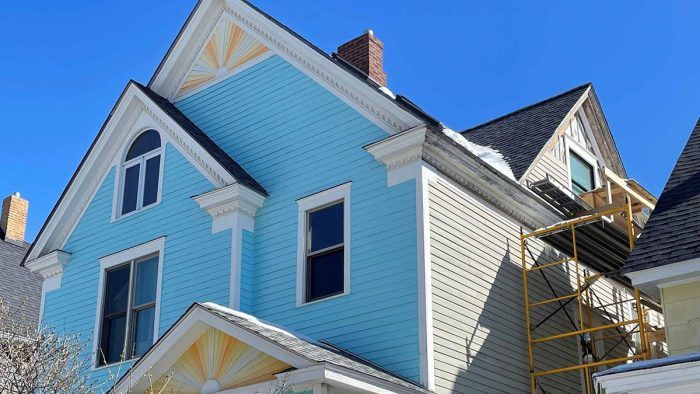
Follow the Fine Homebuilding Podcast on your favorite app. Subscribe now and don’t miss an episode.
 |
Note: The Fine Homebuilding Podcast team is always looking for ways to improve, so we’re switching up our video strategy. But don’t worry—you’ll still be able to watch all your favorite clips from the show. Check out our YouTube channel or keep scrolling to see more!
Jim says condensing dryers are bad for indoor air quality. Jim X explains his workshop. John in Calgary reminds us that hinges wear out. John in Brooklyn wonders who can inspect a masonry chimney. Ed asks if black windows will wear out prematurely. Gretta shares her roof and wall assemblies.
Check in:
Ian: Screen Porch
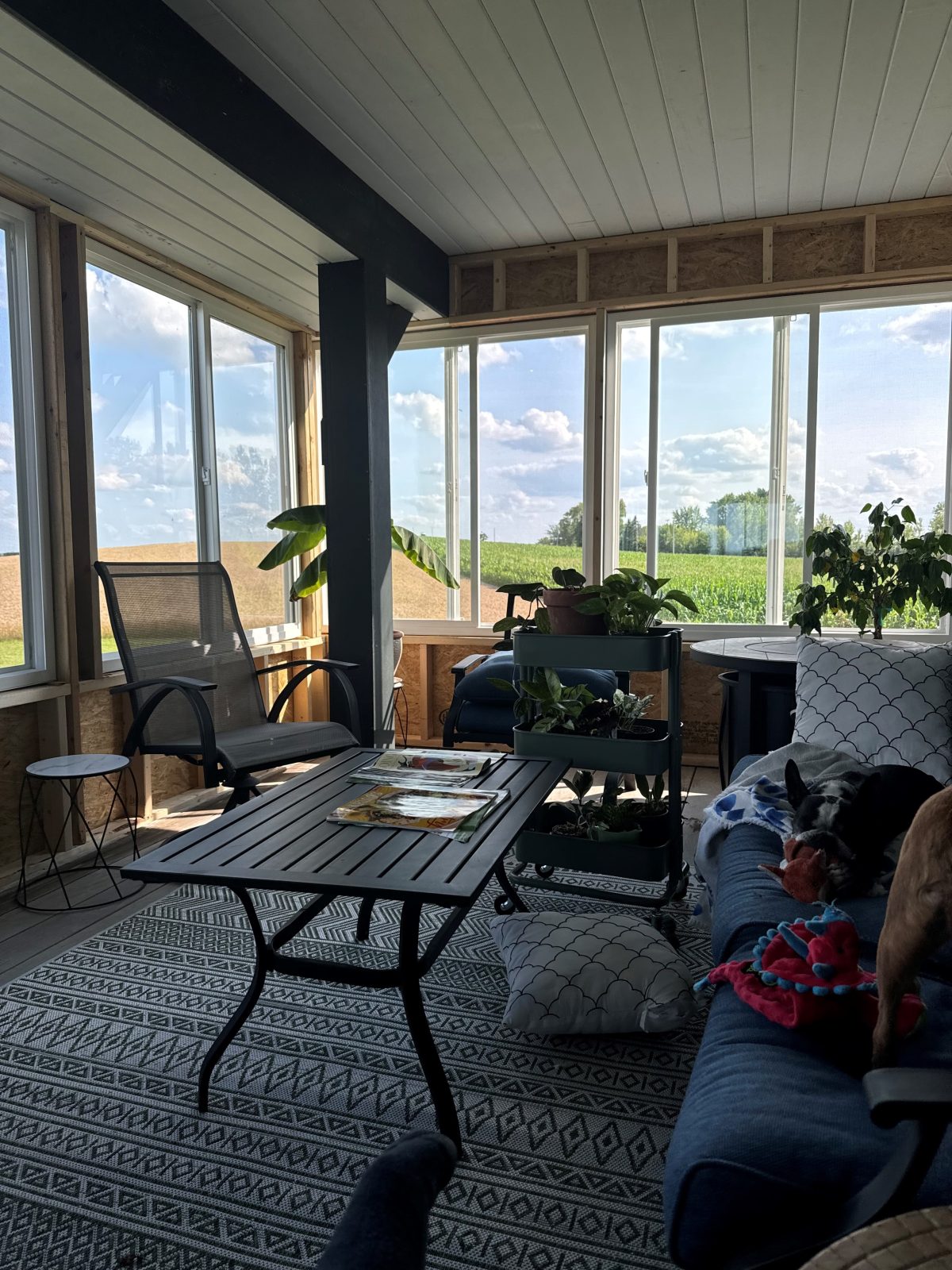
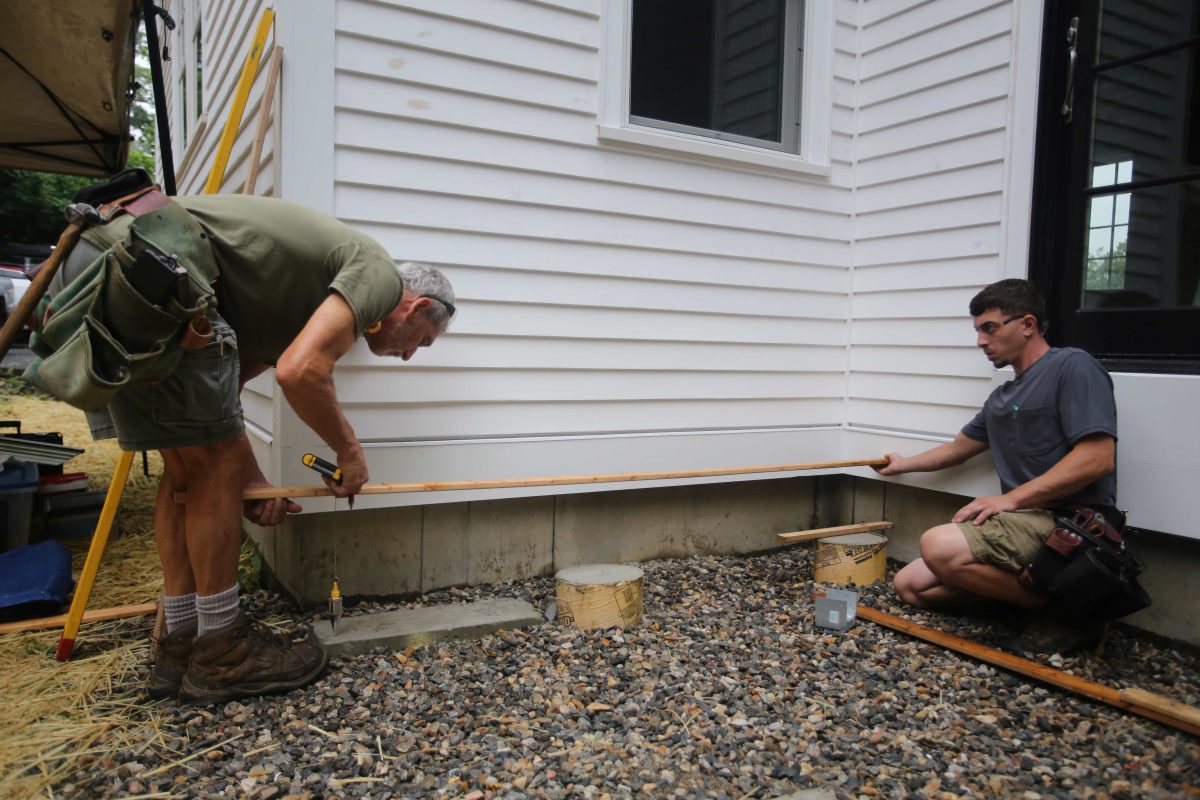 |
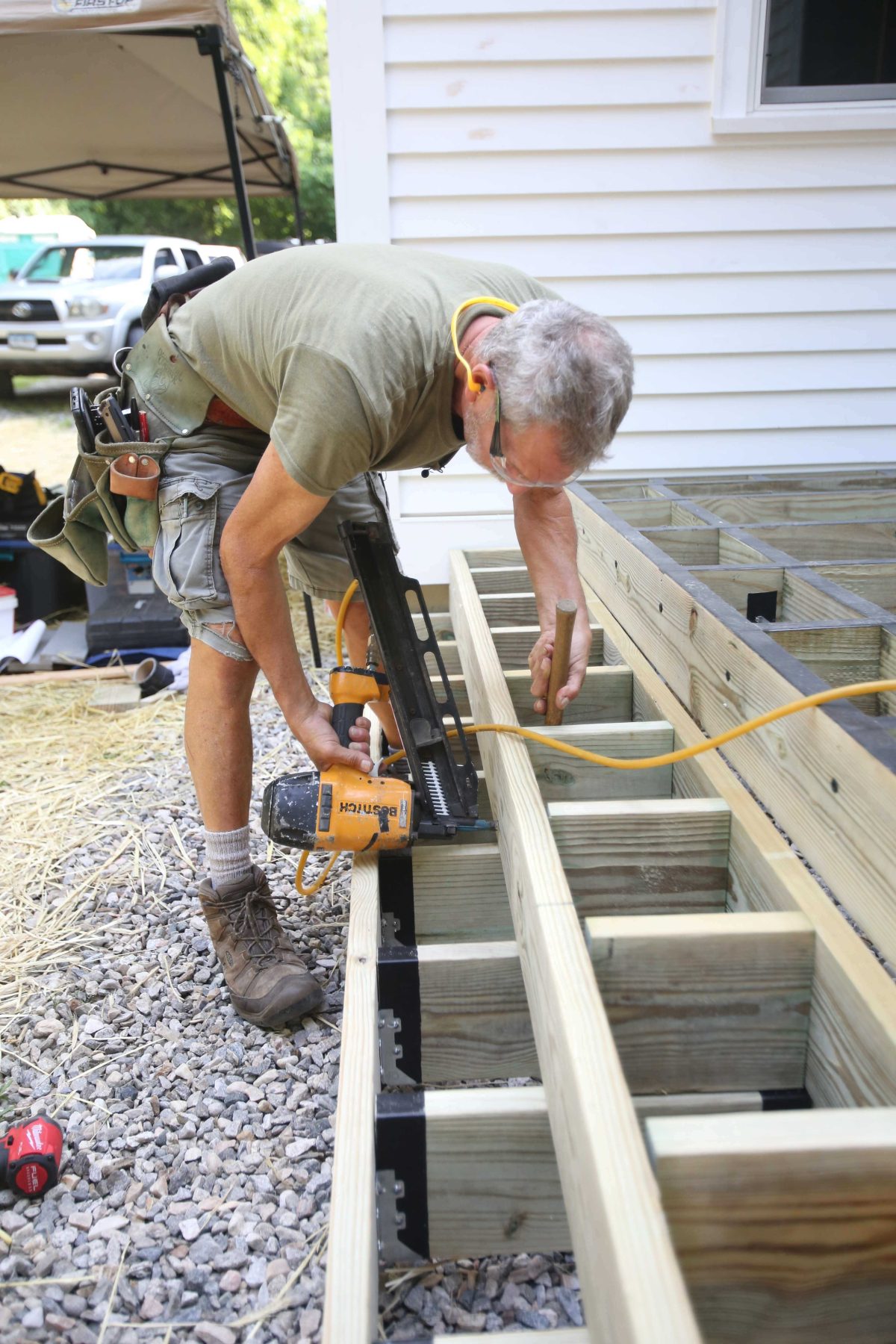 |
Patrick:
| BS and Beer Boston | BS and Beer Chicago |
Listener Feedback 1:
Jim in Cleveland writes:
FHB Podcasters,
Episode #640 was another great listen. I especially enjoyed hearing Brian reflect on his recently completed build. My wife and I have often been asked, “What would you do differently?” about our build, and it’s great to reflect on what you thought you knew going into a project versus what you learned. Hopefully lessons learned make a short list for listeners of your great resource of a podcast.
In episode 640 Brian was discussing using a dryer vent for another application because he bought a ventless dryer. The hair stood up on my arm when I heard that comment because my experience is that these types of dryers are not compatible with the goals of indoor air quality. During our build, a local appliance chain was going out of business so my we enjoyed the opportunity to purchase all the appliances for the build at 70% off. We had to drive to all four locations to pick through stock to match everything, but it was well worth the effort. During this bonanza I found a Bosch stacking combo that would be perfect for the small over-garage apartment we built for our visiting kids.
Normally, I would not have plunked down the money for a Bosch combo, but the deal was too good to pass up. On the floor I noticed it was a condensing dryer—it does not vent to the outside but rather traps the condensate and drains it into the washer’s drain. Immediately, I thought, “Perfect—no need to cut, flash, and seal another building penetration.” Fast-forward to the space being finished and the first dryer load. (Note that this is the first condensing dryer I have first-hand experience with, so your mileage may vary BUT… the machine is an indoor air quality disaster.) Shortly after starting the first load the small apartment was like Miami Beach in August. The condensate-trapping operation is not very efficient so it fills the space with an insane amount of humidity. Additionally, the drying cycle of the machine is at least twice as long as that of an electric or gas vented model. Further, the amount of BTUs the dryer pumps into the space is over the top, and cleaning the soggy lint out of a multi-stage filter setup is a pain. Again, all of this might be a shortcoming of the Bosch model, but thought I would share my experience for listeners that are considering the vented versus condensing model question.
Keep up the bestguessery.
Jim
RELATED STORIES
Listener Feedback 2:
Jim X writes:
Hi Patrick,
I heard you read my email on FHB Podcast 642 show today, so I figured I should respond. My upholstery shop is in an old converted mill in Amesbury, Mass. I don’t think the giant cog was ever in use in this building, but we do have a lot of formerly water-powered mills here. You can learn more about the carriage company that was in this mill here: Biddle and Smart Company.
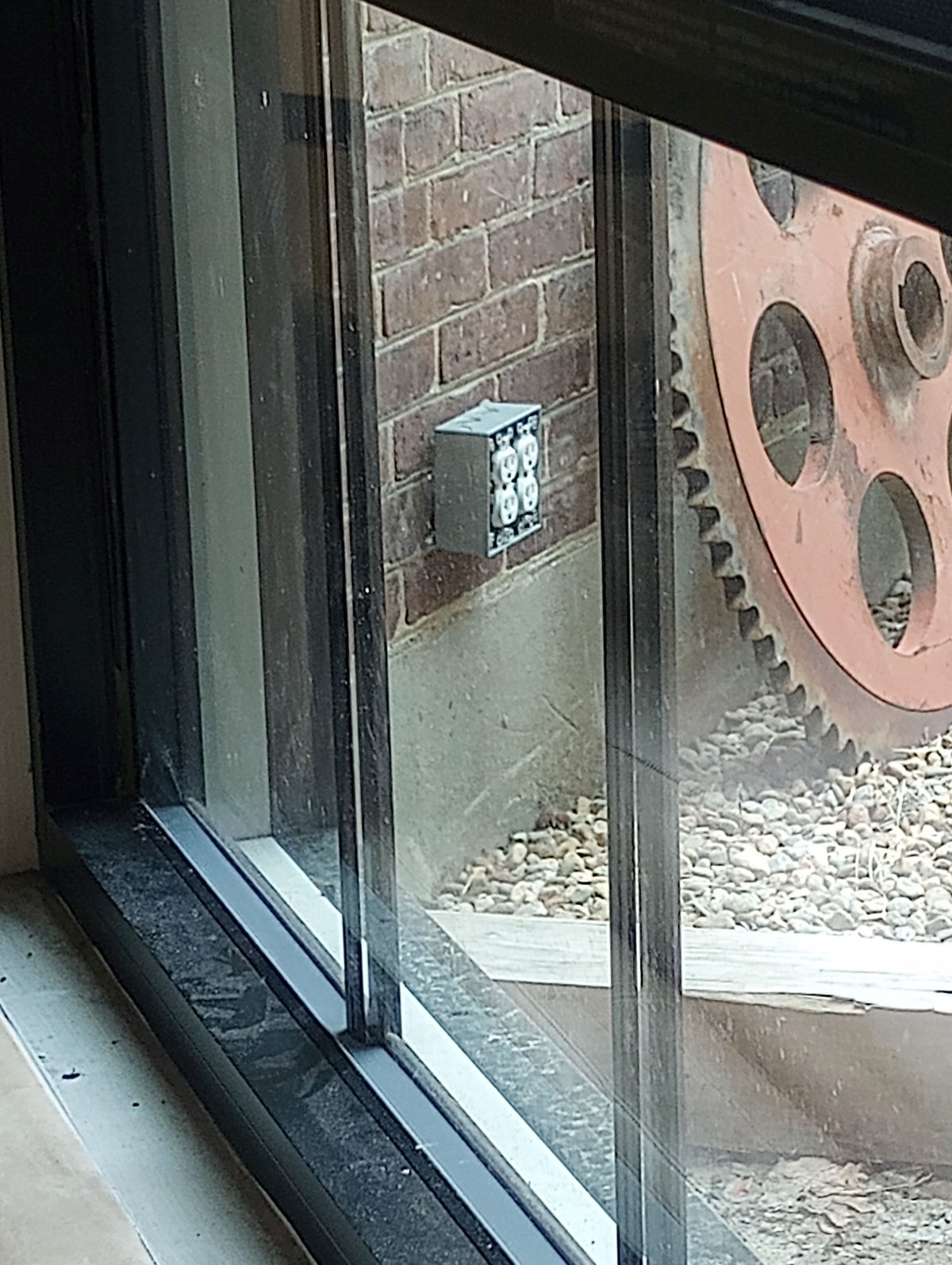
Listener Feedback 3:
John in Calgary, Canada, writes:
I’m making my way through the February 2024 podcasts, and there was a question in FHB Podcast 632 about an exterior door that seemed to be “sagging” but had an even top reveal. The questioner should double-check the hinges. I recently replaced the 23-year-old hinges on our steel/fully glazed back door on our 23-year-old house. The door handle and dead-bolt latches were getting hard to throw, and when I looked closely I could see the they had dropped and were hitting on the bottom of the strike plates. It turns out that over the years the metal had slowly worn away where the two plates of the hinges interlocked and had dropped a good 1/8 in. to 3/16 in. New hinges not only made the latches work better but also lifted the door up so it swung closed more easily. It seems the door sweep was dragging too.
John
RELATED STORIES
Question 1: I have combustion appliances vented through a masonry chimney. What should I do?
John from Brooklyn writes:
Hi there!
On the Best of FHB, Volume 7 (episode 641) in the section on red flags to look for when buying a house, Patrick mentioned—with passion!—that he raises a red flag when he sees combustion appliances vented through steel or masonry chimneys.
Alright, we’ve lived in a brownstone in Brooklyn for about 40 years, and I’m certain we’ve never inspected our masonry chimney in that time. We’ve replaced the gas furnace and the hot water heater (which was all copper, installed in 1952, replaced in 2021), and now I am worried! Honestly, I’ve always been worried about that chimney, just because. What kind of professional would you recommend to inspect it? And is there a way to test for leakage in the house? I have CO detectors on every level that have not been triggered…
Best,
John
RELATED STORIES
Question 2: Are black-framed windows a bad idea?
Ed writes:
Hi Patrick and FHB Podcast team,
A few years ago I had asked a question about how the very popular black-framed windows were qualified by the various window manufacturers. Of course, I’m an engineer… At the time, my retirement gig (after 40 years in semiconductor R&D) was working for a building contractor, where we were installing black windows, and after a few minutes of summer sunshine, they would be blazing hot and difficult to handle.
In response, you had a podcast with Cardinal Glass, to discuss the topic with a representative of that company, which did not answer what was done to enhance these windows for the expanded temperature range that they would experience. As I listened to the recent podcast where Brian was talking about his aluminum-clad windows making various clicking and popping noises, I was reminded of my previous question and concern with black windows, their thermal properties, and my expectation that the lifetime of black windows will be significantly reduced in comparison to lighter-colored windows.
If I remember correctly, years ago one could void the warranty on windows by painting them a dark color, such as black. Do you think that the industry will be sorry 20 years down the road for the popularity of black windows? I’m thinking it’s a bad idea…
Regards,
Ed
RELATED STORIES
- Black Windows Go Mainstream
- Replacing Windows on a 1980s Farmhouse Renovation
- What to Consider When Choosing Black Siding
Question 3: Should I worry about condensation from the inside due to the impermeable layers enclosing the framing and sheathing?
Gretta from Minneapolis writes:
Dear FHB podcast,
Thank you for your commitment to sharing a wealth of building knowledge and practice and to including many different voices. I enjoy listening to the back catalogue whilst toiling away in Minnesota on our never-ending remodel (2.5 story, 4,400 sq. ft., built in 1887; nicknames: “the albatross,” “behemoth”).
I have listened with great interest to your extensive discussions on air-sealing and methods to embrace and avoid, as our project includes a DIY energy retrofit that remains a point of contention between my husband (whose idea it was) and me (who ended up executing the bulk of the work). I am never quite sure whether we did it properly! Our exterior wall and roof assembly, while now almost completed, continues to be a source of fretting on my part regarding the potential for condensation and possible rot. I would love to hear your thoughts about the soundness of the design to settle our marital dispute once and for all—to fret, or not to fret!
The layers of the exterior walls are as follows (from the inside working outward):
- Drywall
- 3-1/2 in. of closed-cell spray foam between the original balloon-frame 2×4 exterior studs
- Original 1x pine sheathing (patched in here and there with 3/4-in. ply)
- Tyvek housewrap with tape
- 1-in. rigid XPS exterior insulation without tape
- 1/4-in. fur strips running vertically
- And lastly, fiber-cement wood-grain look 4-in. lap siding
The original roof framing consists of 2×4 rafters 16 in. on center. I wanted to vault the ceilings up there to take advantage of the nice 12-ft. ceiling height and to add some skylights, but insulation was an issue with less than 4 in. to work with. After lots of hemming and hawing, I decided on a hot-roof design. To add depth, I furred the rafters down with strips of 2-in. rigid foam faced with 1/2-in. plywood strips for securing the drywall. (If it sounds like a pain in the butt, it was!) This resulted in a 6-in.-deep cavity that then was filled with 4-3/4 in. of spray foam, which completely encapsulates the original rafters and extends partway down onto the sides of the rigid foam strips (except where 2x6s were sistered up for the skylight framing). My intention was to reduce thermal bridging in this hot-roof design, and according to some images I shot last winter with a rented thermal imaging camera, it looks pretty good.
At the eaves, the interior roof spray foam extends down onto the double top plate of the wall framing. I stapled a baffle of 4-mil poly at the bottom of each rafter cavity to allow the foam to extend about an inch past the outer edge of the top plate, and up to the roof sheathing, without filling the whole soffit cavity from the inside. The roof is one layer of #30 felt over the original pine sheathing with 1/2 in. OSB over the top, with asphalt shingles.
I feel pretty confident about the window flashing, and now have enough years of data to suggest that water does not seem to enter from the outside. But I continue to worry about condensation from the inside with all those impermeable layers enclosing the framing and sheathing. The finished walls and roof cannot really dry to either side, or can they? Maybe it will all be ok? What do you think? Where is the fatal flaw? Is there anything I can amend or adjust now to avoid problems down the road?
I recently installed an ERV.
I am including a few recent pics of the exterior and the rafter insulation. And a few before pics for fun. Note the extremely time-consuming dentil restoration:)
Anyway, I’d greatly appreciate any input you may have!
Thanks,
Gretta




RELATED STORIES
Sign up for a Fine Homebuilding All-Access Membership
Well, unfortunately that is all the time we have for today. Thanks to Ian, Brian, and Andres for joining me, and thanks to all of you for listening. Remember to send us your questions and suggestions to [email protected], and please like, comment, or review us no matter how you’re listening—it helps other folks find our podcast.
Happy Building!








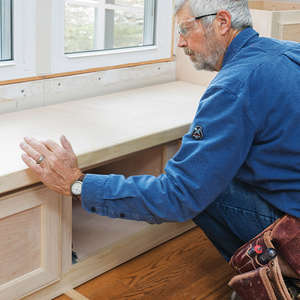
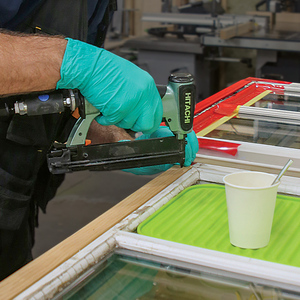





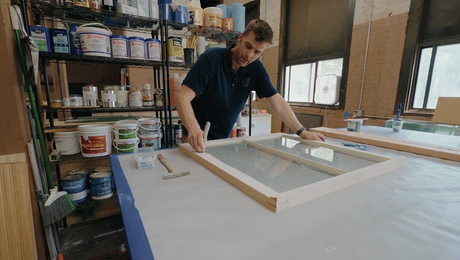



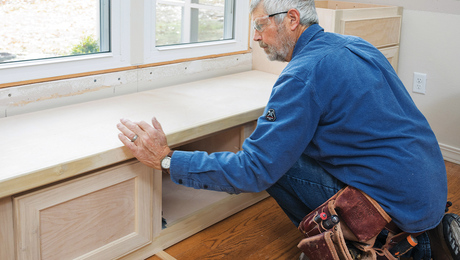










View Comments
Where are Greta's photos you referred to? I don't see them here on the podcast page.
Thanks for pointing this out. I had only uploaded one of Greta's house photos. You'll find additional photos now.
Patrick